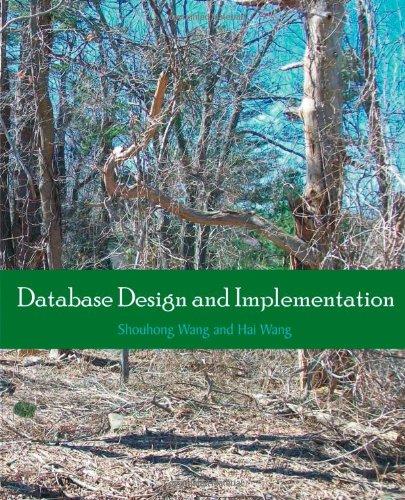Question
CIS 22B Lab 1 Simple Cryptography 200 points Topics: New, Delete, Characters, Strings, C++ strings, C strings ----------------------------------------------------------------------------------------------------------------------------------------- For all assignments in CIS 22B, use
CIS 22B Lab 1 Simple Cryptography
200 points
Topics: New, Delete, Characters, Strings, C++ strings, C strings
-----------------------------------------------------------------------------------------------------------------------------------------
For all assignments in CIS 22B, use heading comments at the top with the following format:
/*
Fred Flintstone
Summer 2019
Lab 1
Problem 0.0.0
Description of problem:
a few lines describing input, activity, and output of the program
*/
----------------------------------------------------------------------------------------------------------------------
Cryptography the science of secret writing is an old science; the first recorded use was well before
1900 B.C. An Egyptian writer used previously unknown hieroglyphs in an inscription.
We will use a simple substitution cypher called rot13 to encode and decode our secret messages.
ROT13 ("rotate by 13 places", sometimes hyphenated ROT-13) is a simple letter substitution cipher that replaces a letter with the 13th letter after it, in the alphabet. ROT13 is a special case of the Caesar cipher which was developed in ancient Rome.
Decryption Key
A|B|C|D|E|F|G|H|I|J|K|L|M ------------------------- N|O|P|Q|R|S|T|U|V|W|X|Y|Z
(letter above equals below, and vice versa)
As you can see, A becomes N, B becomes O and so on.
Your job is to write a program, with at least four functions, including main, which must do the following:
- Ask user whether they want to encode or decode a message if no, then terminate
- Take the input string from the user, store it in dynamic memory (use new)
- As appropriate, encode or decode the message using Rot1
- Output the encoded/decoded message
- Delete the input string from dynamic memory (use delete)
Input will be a string of no more than 25 characters. Blanks get replaced with blanks.
Do not worry about punctuation; there will be no punctuation in the string.
ALPHABET becomes NYCUNORG
Test your program with the following strings:
TAF VF
paddrpf
Ill be using other strings to test your code.
Some suggestions (NOT requirements):
- C++ string library functions would be useful here
- You can process the C++ string one char at a time if you use the length member function
Main
-user input
-repeat if wanted
-clean up of dynamic storage (delete)
|
_____________________________ |____________________________
| | |
Input encrypt/decrypt output
-read string -read from dynamic storage -get results
-put into dynamic storage -encrypt/decrypt -output results
-store in dynamic storage
Step by Step Solution
There are 3 Steps involved in it
Step: 1

Get Instant Access to Expert-Tailored Solutions
See step-by-step solutions with expert insights and AI powered tools for academic success
Step: 2

Step: 3

Ace Your Homework with AI
Get the answers you need in no time with our AI-driven, step-by-step assistance
Get Started


